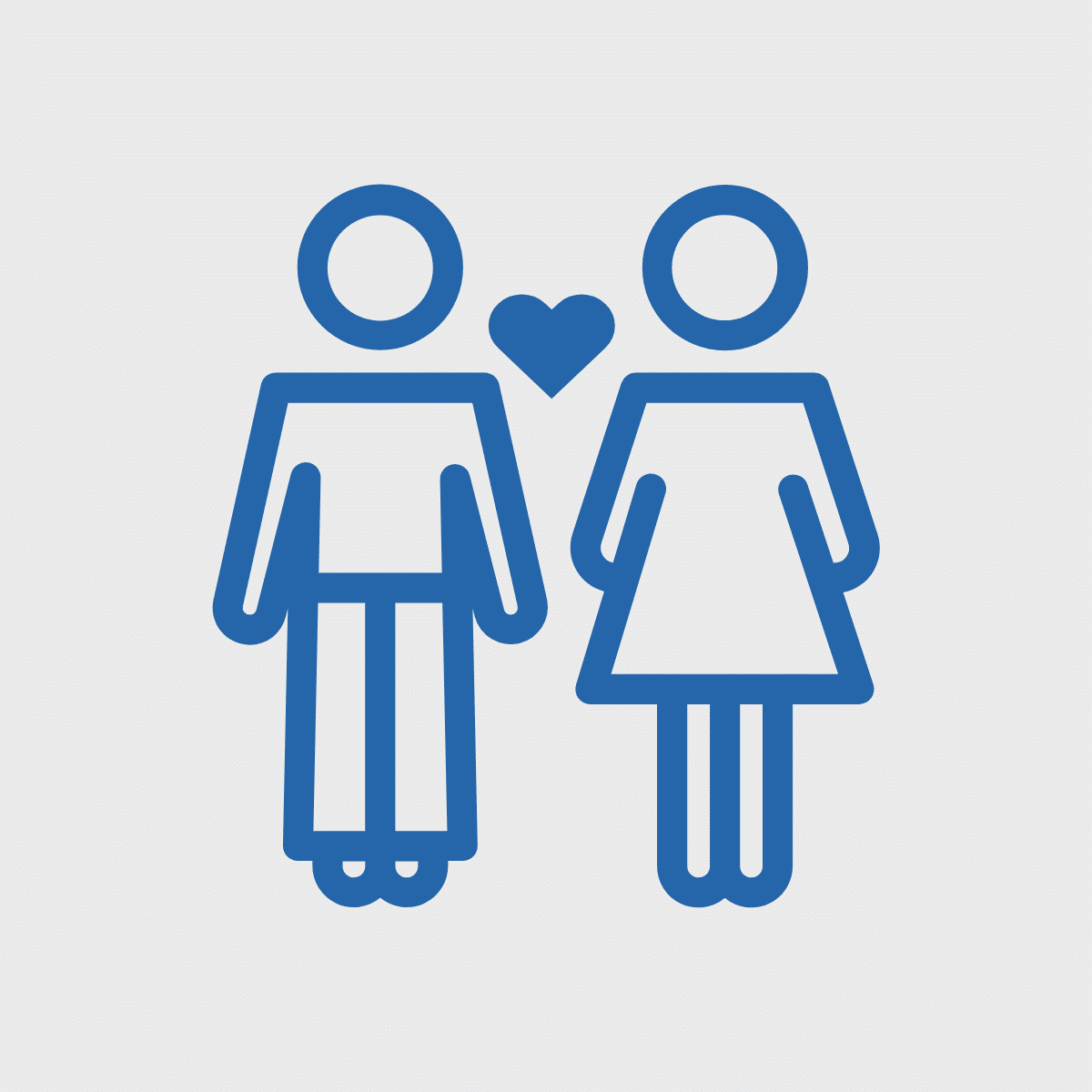

The ensuing investigation led to the Postal Reorganization Act of 1970, which removed the Postal Department from the cabinet and eliminated the Postmaster General position from the list of presidential appointees. But, still relying on old machines, the Chicago Main Post Office-then the world's largest postal facility-couldn't manage the surge and shut down for three weeks in 1966. Most ads needed to be delivered swiftly because of time-sensitive sales and coupons. Third-class mail inundated the Chicago post office when businesses sent advertisements in unprecedented numbers, using ZIP codes for the first time to reach local customers. In the 1960s, shortly after the codes debuted, commercial mailers jumped on them to precisely target their hometown markets.

Nowadays, ZIP codes allow us to map the density of New York City cafes and even the dating scene. The fears of a dystopian future were overblown, but weren't exactly unfounded either. It's why the likes of Ethel Merman were called on to help with the enormous promotional campaign: She performed in a public service announcement singing about ZIP codes to the tune of "Zip-a-Dee-Doo-Dah." The song was even released as a 45. Unlike area codes or Social Security numbers, ZIP codes narrowly locked in your location for use by what was then a department of the president's cabinet. ZIP codes seemed to forbode a future where individual identity mattered less and less. The truth of the matter is that while you do the work for the companies by playing their numbers game, they can lay off thousands of workers and use computers instead. The purpose of all these numbers, it is carefully explained to the American people, is to help speed up the American way of life. Humorist Art Buchwald, writing a month after ZIP codes debuted, penned a syndicated column complaining about "the numbers racket": People were wary of having another number to learn and use. ZIP codes came on the heels of telephone area codes, and Social Security numbers. "While it was designed to help our letters travel faster, it's become like an ID system we all agree to and all use."Īs ubiquitous as they are now, the public originally balked at Zone Improvement Plan (ZIP) codes, even though they were (and still are) voluntary. "Organizations-business, government-can look at the mass of people we've become and break us down into usable points," says Nancy Pope, curator at the Smithsonian's National Postal Museum. ZIP codes, in other words, have evolved from finding where we are to defining who we are-far beyond our mailbox. Retailers collect ZIP codes from customers, which can protect against fraud, but also helps a consumer database marketer collect personal information on us without our permission. Private companies use ZIP code information to determine if they will, or will not, move into our communities. Governments use ZIP codes to determine who gets what-and this, in turn, stokes our political divisions. Today, our ZIP code determines how we are read by policy-makers, politicians, statisticians, pollsters, insurers, businesses, organizers, and marketers. Another ad, featuring a certain yellow-hatted detective, read: "Dick Tracy says: 'Protect your mail! Use ZIP codes!'" But the number that began as a sorting utility has since expanded far beyond our addresses. "Put ZIP in your mail!" exclaimed a cheery promotional poster. And machines read numbers, not handwritten addresses. The best employees could sort faster than one piece of mail per second, but it wasn't enough. At most post offices, people still sorted mail by hand, putting letters one by one into pigeonholes. In 1963, the post office was overwhelmed with billions of pieces of mail each year, and suburban sprawl was spreading Americans farther and farther away from each other. Postal Service promote its newest idea: five numbers added to our addresses to more clearly designate our locations. Zip, a gangly cartoonish figure with wide friendly eyes and a neat blue mail carrier's uniform, emerged fifty years ago to help the U.S.


 0 kommentar(er)
0 kommentar(er)
